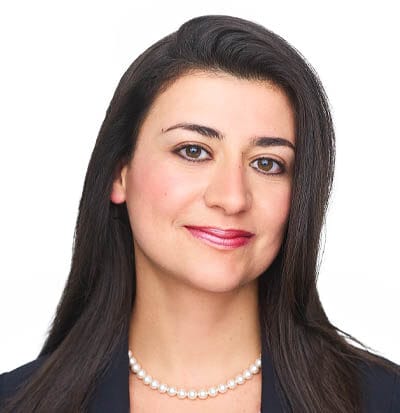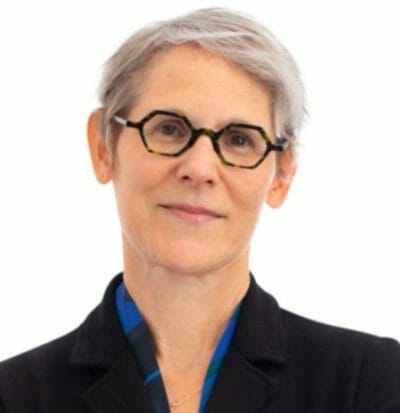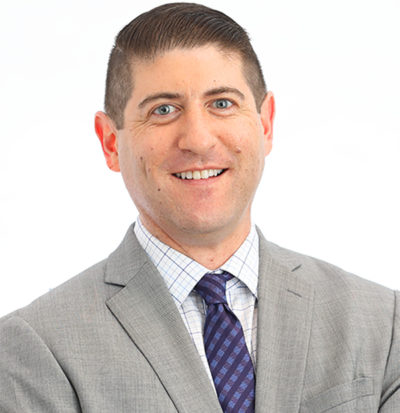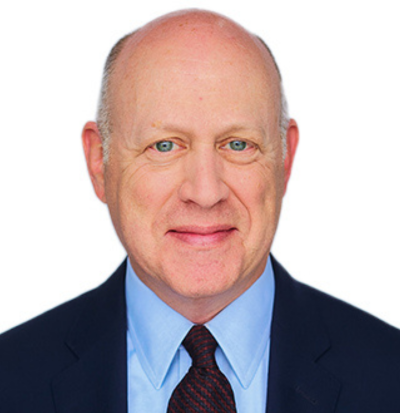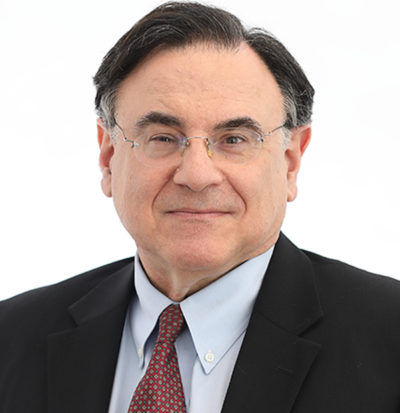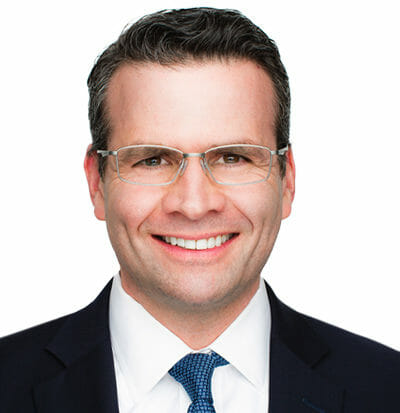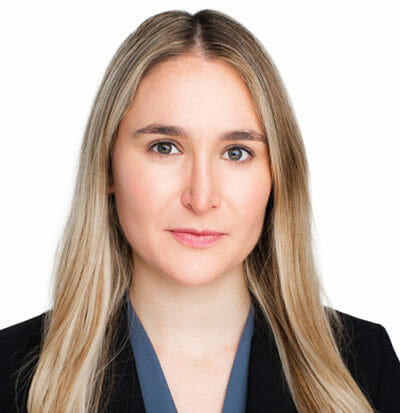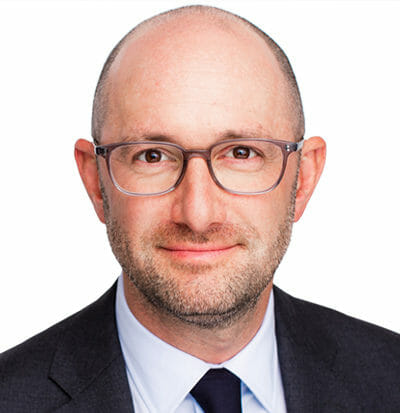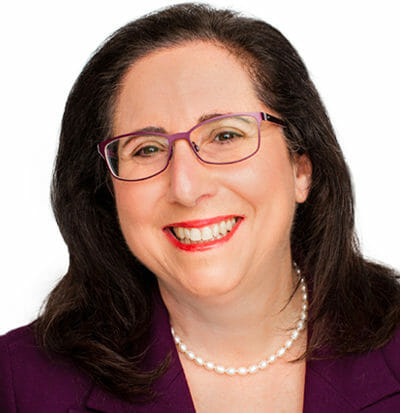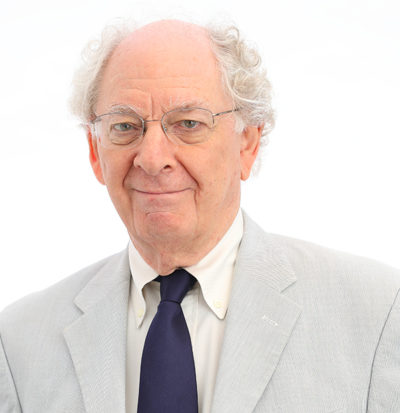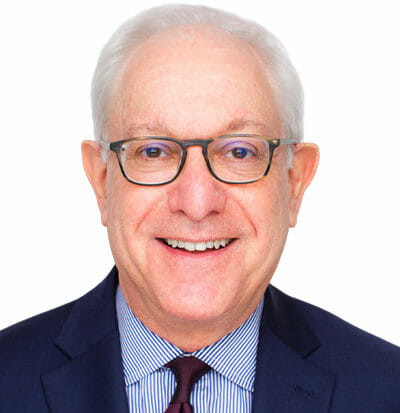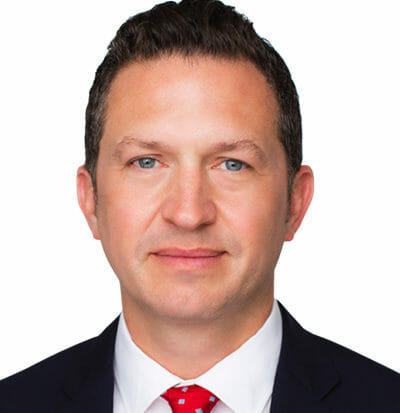Romag Fasteners, Inc. v. Fossil Inc., 590 U.S. ___ (2020)
The U.S. Supreme Court resolved a longstanding split among the lower appellate (Circuit) courts, holding that a finding of willful trademark infringement is not required for an award of the infringer’s profits to the plaintiff.
The issue arose in litigation between Romag Fasteners, Inc. (“Romag”) and Fossil Inc. (“Fossil”). Romag makes magnetic snap fasteners and owns an incontestable federal trademark registration for the ROMAG mark for such goods. For many years, Fossil made handbags that incorporated Romag’s fasteners as closing devices. Eventually, however, Romag learned that Fossil was selling handbags featuring counterfeit Romag fasteners. Romag sued Fossil and various retailers, asserting patent infringement and trademark infringement, among other claims, in the U.S. District Court for the District of Connecticut, one of the federal district courts whose decisions generally fall under the appellate review of the U.S. Court of Appeals for the Second Circuit. Romag sought damages as well as Fossil’s profits attributable to the infringement, among other relief.
The Second Circuit had previously held that a finding of willfulness was a prerequisite for recovery of profits. So when Romag’s claims were brought before the jury, in addition to directing the jury to determine whether Fossil infringed Romag’s trademark, the district court asked the jury to opine whether Fossil’s infringement was willful.[1] The jury found that Fossil had infringed Romag’s trademark, but that its infringement was not willful. The district court agreed with the jury and denied Romag’s request for Fossil’s profits on that basis.
Romag appealed to the U.S. Court of Appeals for the Federal Circuit, which applied Second Circuit law to the trademark issues in the case.[2] Based on prior Second Circuit precedent requiring a showing of willful infringement as a prerequisite to an award of profits, the Federal Circuit affirmed the district court’s decision to deny profits.
Romag then petitioned the U.S. Supreme Court for a writ of certiorari, which the Court granted. The existence of a stark split among the Circuits is probably what drew the Court’s attention to the case: six Circuits had held that willfulness was a prerequisite to recovery of profits for at least certain types of trademark infringement claims, while six other Circuits had held that willfulness was not a perquisite to recovery of profits for any type of trademark infringement claim.
The Supreme Court’s analysis focused on Section 1117(a) of the Lanham Act, which provides:
When a violation of any right of the registrant of a mark registered in the Patent and Trademark Office, a violation under section 1125(a) or (d) of this title, or a willful violation under section 1125(c) of this title, shall have been established . . . , the plaintiff shall be entitled, subject to the provisions of sections 1111 and 1114 of this title, and subject to the principles of equity, to recover (1) defendant’s profits, (2) any damages sustained by the plaintiff, and (3) the costs of the action.
Siding with Romag, the Court noted that while Section 1117(a) expressly requires a willful violation of the anti-dilution provision of the Lanham Act (Section 1125(c)) for an award of profits, there is no such express requirement for violations of the Lanham Act’s trademark infringement (Section 1114), unfair competition (Section 1125(a)) or anti-cybersquatting (Section 1125(d)) provisions. The Court also observed that several other sections of the Lanham Act specified state-of-mind requirements, making the absence of such an express requirement for profit recovery in all but dilution cases even more telling.
Nevertheless, Fossil argued that by including the phrase “subject to the principles of equity” in Section 1117(a) when the Lanham Act was passed in 1946, Congress prescribed that courts should only award profits under the same equitable circumstances in which pre-Lanham-Act courts had awarded profits. According to Fossil, such pre-Lanham-Act courts uniformly awarded profits only where the defendant had acted willfully. The Court rejected Fossil’s argument, finding that the pre-Lanham-Act law was not as uniform as Fossil had claimed, and holding that while “a trademark defendant’s mental state is a highly important consideration in determining whether an award of profits is appropriate,” there was no support in the statue itself for imposing willfulness as an “inflexible precondition to recovery” in all cases.
The upshot of the Court’s decision is that Circuits that had previously held that an infringer’s profits could not be awarded absent a showing of willfulness under certain circumstances – i.e., the First, Second, Eighth, Ninth, Tenth, and District of Columbia Circuits – may no longer do so. But the practical effects of this decision remain to be seen. Notably, while the Court stated that “a trademark defendant’s mental state is a highly important consideration,” the Court did not explain what other equitable factors should be considered in deciding whether to award profits, or even how much weight to give to the defendant’s state of mind. And even in those Circuits that had previously held that willfulness was not a prerequisite to a profits award, courts rarely, if ever, ordered an innocent infringer to disgorge its profits. Accordingly, while the Court’s decision is helpful in clarifying a statutory interpretation issue that had split the Circuits, it remains to be seen whether the decision will result in any increase in profit awards to prevailing trademark owners.
[1] The district court held that because an award of profits is an equitable determination, it should be decided by the judge, not the jury. But the court asked the jury to render an advisory verdict on willfulness for the court’s consideration.
[2] Although the District of Connecticut sits within the appellate jurisdiction of the Second Circuit, the case could be appealed only to the Federal Circuit because Romag had asserted patent claims in addition to trademark claims. But the Federal Circuit was required to apply Second Circuit law on the trademark aspects of the appeal.



